
A pain in the brain may be a migraine

Migraines affect women more than men with many options for treatment.
For sufferers of migraines, the term “bad headache” doesn’t come close to describing their experience. The pounding, pulsing ache can take over the entire head. Migraines can be relentless, affecting vision and balance, coursing to the stomach and beyond, and lasting for days or weeks if untreated.
“A higher percentage of women than men suffer from migraines,” said Briana Todd, clinical psychologist, Psychological Health Center of Excellence. “Research suggests women experience them approximately two to three times more frequently.”
According to National Institute of Health National Institute of Neurological Disorders and Stroke, researchers believe migraines result from fundamental neurological abnormalities caused by genetic mutations at work in the brain. Navy Lt. Cmdr. Kent Werner, who recently served as chief of the neurology clinic at Ft. Belvoir Community Hospital, said migraines are caused when a circuit in the brain fires when it should not.
“The location of the pain is likely dependent on which circuit is active, but sometimes the active circuitry spreads, like a fire, to other nerve centers that control balance, nausea, sensitivity to light, hearing, and balance and vertigo,” said Werner. “It’s quite an interesting disease and the range of presentations is broad.”
The National Institutes of Health reports 18 percent of all adult women in the U.S. suffer from migraines. According to Todd, many migraines in women are related to a drop in estrogen levels, particularly around a woman’s menstrual cycle. It’s just one of the triggers and warning signs that may precede a migraine.
“Tracking triggers is a key component of managing migraines,” said Todd. “Many times people feel as though they are coming out of nowhere.”
According to the U.S. National Library of Medicine, triggers may include aged cheese and meats, alcohol, monosodium glutamate or MSG, citrus fruits, chocolate, spicy foods, or foods or drinks containing aspartame. Caffeine can also be a trigger, although acute treatment of headaches with caffeine is sometimes effective.
Todd said there are many strategies to managing migraines, such as avoiding or limiting the triggers and promoting relaxation.
“A trigger in one person may not be a trigger for another,” said Werner. “Disruption of sleep and elevated stress are known to increase migraines, and those triggers run rampant in the military.”
Todd said triggers are personalized for each individual, and in the case of a women’s menstrual cycle impacting migraines, there are things the woman can do around that time, such as adjust lifestyle factors.
Werner agrees simple lifestyle changes can reduce the frequency of migraines. For example, he said the NIH has linked exercise to reductions in migraines. In addition, regular, adequate sleep (seven to eight hours a night) leads to fewer headaches. Managing anxiety and stress can also significantly reduce migraines. Some service members have found success with acupuncture, acupressure, and diet change, said Werner.
Conventional approaches can also help. Werner typically starts his patients with supplements, such as vitamin B-2, magnesium, or coenzyme q10. These are available over the counter and have been effective for some participants in clinical trials.
However, if lifestyle changes and the other approaches described are ineffective, medications are available. Werner said some women have found success controling migraines with birth control pills. In addition, several over-the-counter medications have proved effective as a timed strategy just before menstruation.
Prescription blood pressure and anti-seizure drugs can be prescribed by a primary care provider. In addition, Botox injections or other medications have been used, and last year, Werner said, the U.S. Food and Drug Administration approved the first medicationdeveloped specifically to prevent migraines.
If the pain associated with a migraine persists and interferes with your daily routine, Werner suggests you go to urgent care or the emergency room. A primary care doctor can also refer service members to a neurology specialist for further tests.
“Doctors are actively pursuing novel therapies and testing them in clinical trials, which is important to keep in mind,” Werner said. “We do not stop until we help you find the treatment that is right for you.”
DHA IPM 18-019: Guidance for Service Implementation of Separation Mental Health Assessments
Policy
This Defense Health Agency-Interim Procedures Memorandum (DHA-IPM), based on the authority of References (a) through (c), and in accordance with the guidance of References (d) through (g): • Assigns responsibilities and provides instructions for implementing Reference (d), which requires an MHA for Service members prior to separation in accordance with References (e) through (g). • Is effective immediately; it will be incorporated into DHA-Procedural Instruction xxxx.xx, “Separation History and Physical Examination.” This DHA-IPM will expire effective 12 months from the date of issue.
- Identification #: 18-019
- Date: 11/8/2018
- Type: DHA Interim Procedures Memorandum
- Topics: Mental Health Care | Assessments
Rare but preventable: Know the signs of Toxic Shock Syndrome
Article
10/31/2018
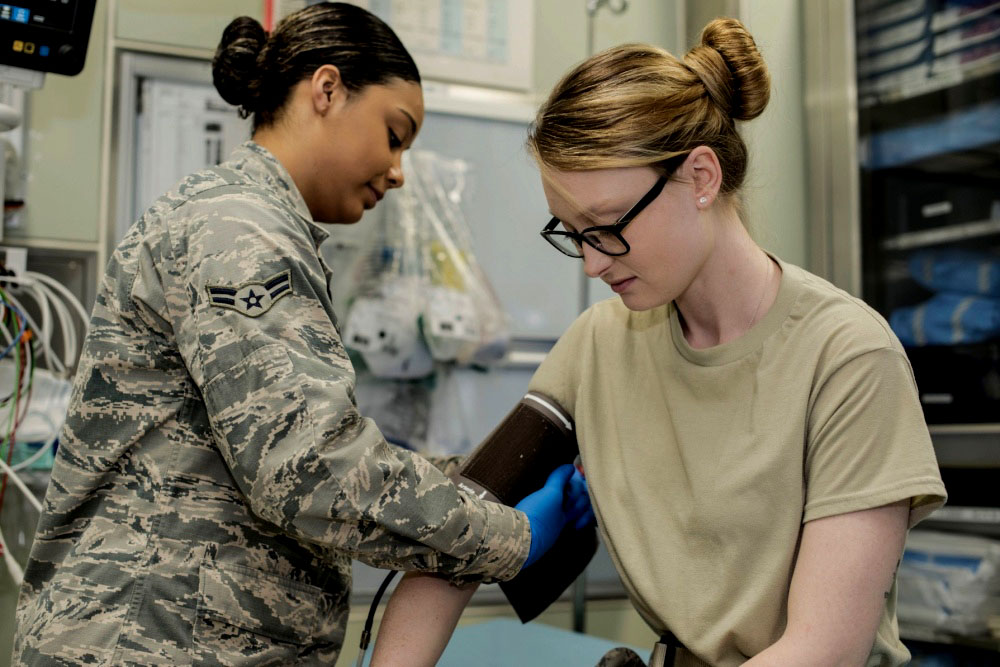
Toxic Shock Syndrome is a dangerous, potentially fatal, condition with symptoms that often appear suddenly and quickly escalate. Although it’s not a common condition, prevalence can decrease even more through awareness, experts say
Women and depression
Article
10/30/2018

1 in every 8 women develops clinical depression during her lifetime
Women's health remains priority for doctors turned medical museum volunteers
Article
10/25/2018
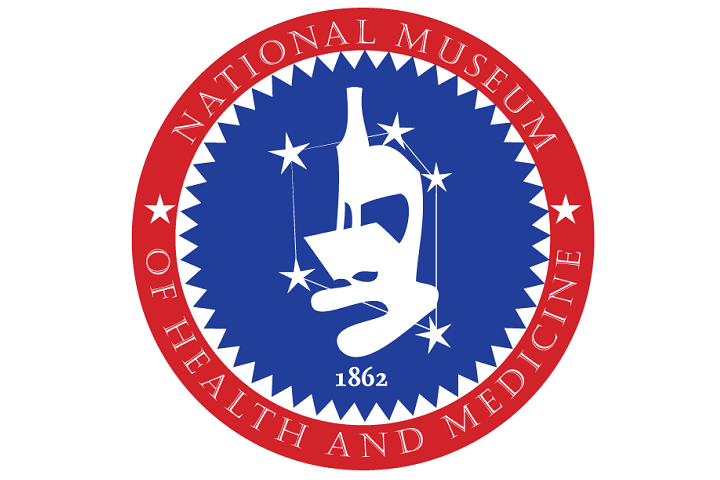
The Handwerkers clearly enjoy volunteerism
Military Midwives Advance Medicine
Video
10/23/2018

Military midwives assist in advancing military medicine. Capt. Brittany Hannigan uses educational opportunities to bring evidence-based practices to the patient's bedside.
‘Strong progress’ in decreasing death from breast cancer
Article
10/23/2018
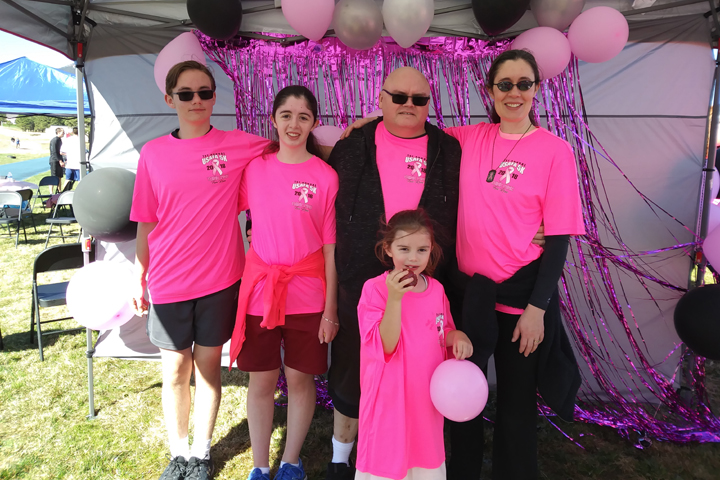
Improvements in detection, treatment pave the way
Women’s Health: Taking time for yourself
Article
10/16/2018
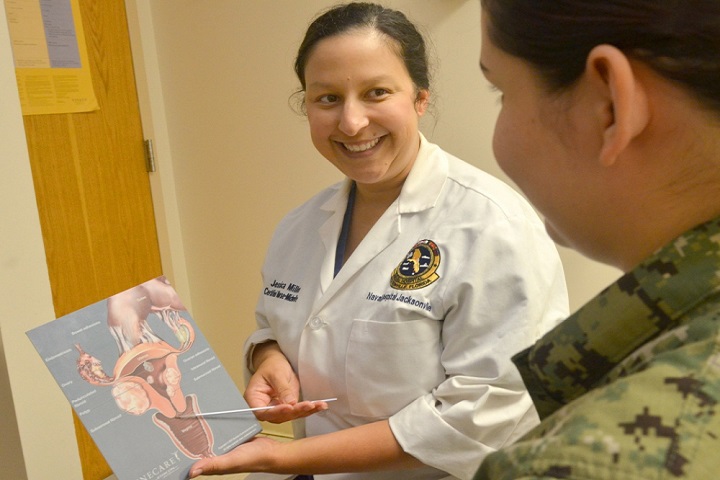
The top two causes of death for women are heart disease and cancer
Military midwives as educators
Video
10/15/2018

Within the military, midwives serve as educators. Kwuan Paruchabutr shares how midwives ensure that all medical staff are well trained in women's health care.
Sticks and stones can break bones – and so can osteoporosis
Article
10/11/2018

Steps to take today to build a future of healthy bones
Pilot Program on Investigational Treatment of Members of the Armed Forces for TBI and PTSD
Congressional Testimony
10/9/2018
HR 3304, NDAA for FY 2014, Sec. 704
Military Midwives in Leadership Roles
Video
10/5/2018

The duties of certified nurse midwives go far beyond the labor delivery room. Cmdr. Kim Shaughnessy explains how midwives hold leadership positions across the Military Health System and how they help shape women's health policy.
Mammograms recommended for early detection of breast cancer
Article
10/4/2018
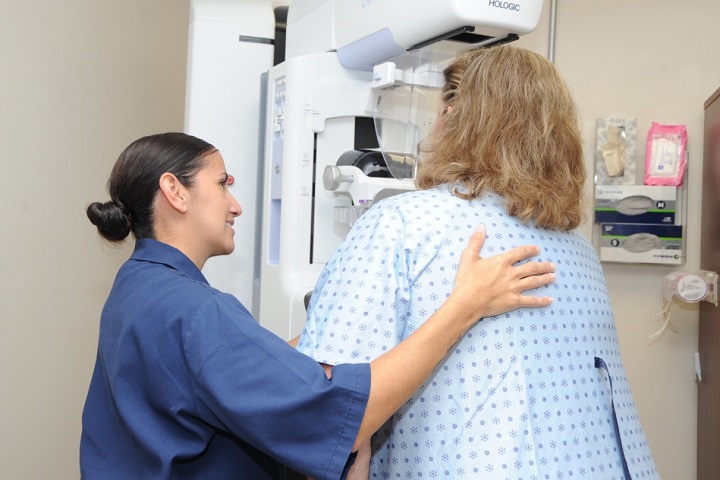
A mammogram is a low-dose x-ray used to detect the early stages of breast cancer
Midwives in the Military
Video
10/3/2018

Military midwives are key in the Department of Defense's priority of medical readiness. Army Lt. Col. Danielle Molinar shares ways midwives keep female soldiers ready to deploy.
What to Expect at Your First Appointment
Video
9/20/2018

You’ve reached out for help, you’ve found the right provider, now Kristin Gwin from Walter Reed National Military Medical Center shares what to expect at your first appointment.
Kristin Gwin, Walter Reed Social Worker Talks About Getting Help
Video
9/12/2018

Kristin Gwin, a Social Worker at Walter Reed National Military Medical Center understands that getting help can be an intimidating process. She offers advice on how to get started by letting a professional know you want help.






















.png)











No hay comentarios:
Publicar un comentario